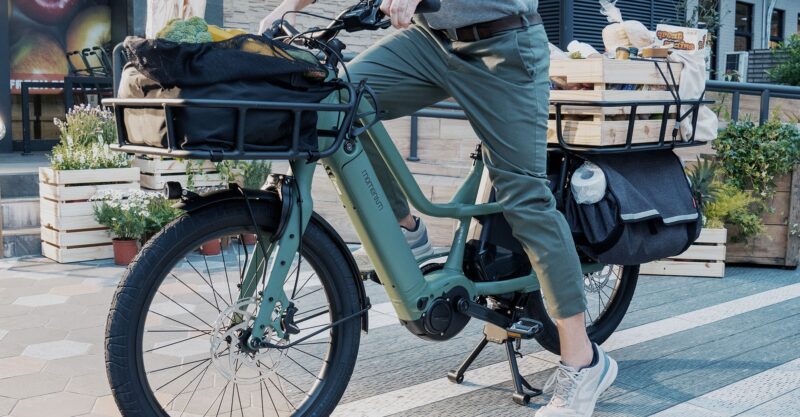Buying an electric bike when you’re over six feet tall isn’t always easy. Many models are built with average-sized riders in mind, which can lead to poor fit, discomfort, and wasted money if you’re not careful.
Whether you’re commuting or trail riding, choosing the wrong setup can lead to back pain, knee strain, or even long-term injuries.
In this guide, we’ll break down the most common mistakes tall riders make when buying an e-bike, and how to avoid them. You’ll learn what features to look for, how to fit a bike to your body, and where to find bikes built for taller riders.
Why E-Bike Fit Matters for Tall Riders
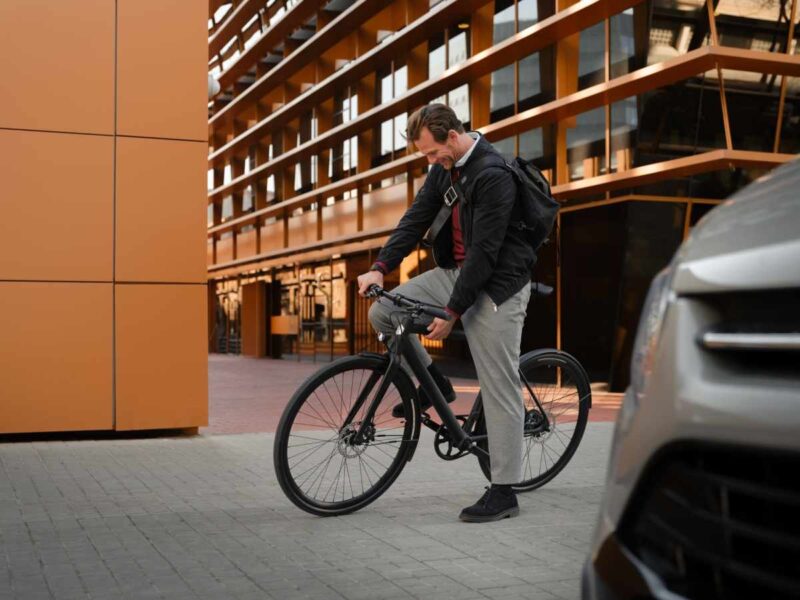
E-bike fit plays a big role in comfort, safety, and long-term riding performance. If a bike is too small, it forces your body into awkward positions, leading to sore knees, stiff backs, and even reduced pedaling efficiency.
These issues are more common among tall riders because many bikes simply aren’t built with extended reach or saddle height in mind.
A properly fitted e-bike helps tall riders ride longer, climb hills more efficiently, and reduce stress on joints. It also improves control and balance, especially at higher speeds or over rough terrain.
That’s why choosing the right frame size, handlebar position, and wheel setup matters more than most people realize.
If you’re looking for well-built options that fit riders up to 6.8 feet tall, this list of the top e-bikes for tall riders includes tested models with real-world sizing and performance tips.
Mistake #1 – Choosing a Frame That’s Too Small
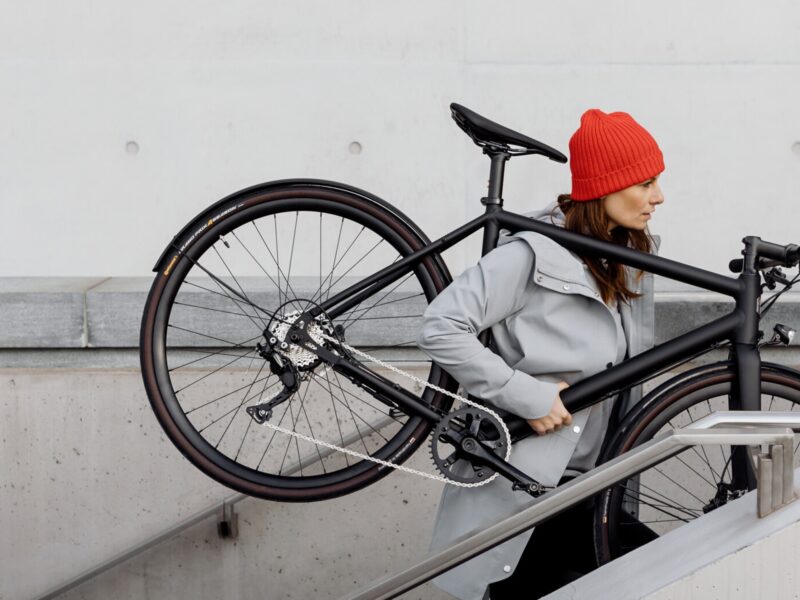
One of the most common mistakes tall riders make is settling for a frame that’s too short. Even when a bike says it fits riders up to 6’2″ or 6’3″, the geometry might still feel cramped, especially in the top tube and standover height.
Small frames force you to hunch forward, bend your knees too much, or overextend your arms. Over time, this posture leads to fatigue and potential injury, especially on longer rides or hilly routes.
How to Avoid It
To avoid sizing issues, always check the bike’s geometry chart, not just the listed height range.
- Look for longer top tube and reach measurements, especially if you have a long torso.
- Choose bikes with 27.5″ or 29″ wheels, which raise the overall bike height and create better leg extension.
- Prioritize adjustable components, such as seat posts and stems, for more customization.
- Try before you buy whenever possible, or compare geometry to a bike you already know fits well.
Mistake #2 – Ignoring Handlebar and Stem Setup
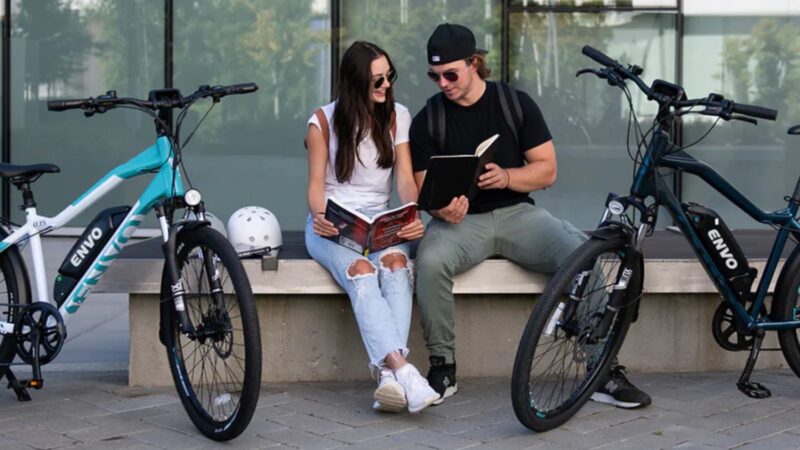
Handlebars and stems can make or break comfort for tall riders. Stock handlebars are often too narrow or low, forcing tall riders to lean forward more than necessary. This can lead to upper back and shoulder strain, as well as poor control on descents or rough terrain.
Many riders focus on frame size alone and overlook cockpit fit. But for tall riders, a stretched or cramped cockpit can seriously affect ride quality.
How to Avoid It
Handlebar setup should match your arm length and riding posture.
- Look for e-bikes with riser bars or adjustable stem angles, which let you fine-tune your reach.
- Consider swapping in wider handlebars (680mm or more) for better leverage and shoulder alignment.
- Use a longer stem if the reach feels too short even with the right frame size.
- Test your position while seated and pedaling to make sure your arms and wrists stay relaxed.
Mistake #3 – Not Adjusting the Saddle Height and Position
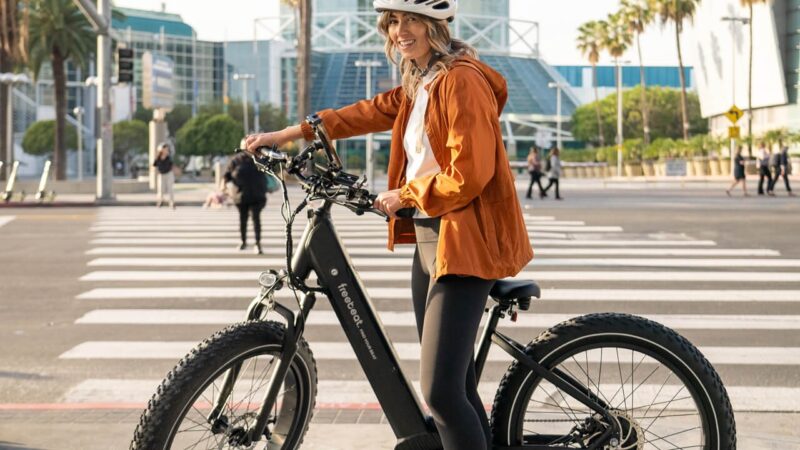
Even with the right frame, riding with a low saddle is a common mistake that leads to knee strain and poor pedaling form. Tall riders need more leg extension, which requires a higher saddle and proper setback.
A saddle that’s too low forces your knees to bend too much, reducing power and increasing fatigue. It also puts more pressure on your hips and lower back.
How to Avoid It
Correct saddle height gives your legs full range of motion without overextending.
- Raise your saddle until your leg is almost fully extended at the bottom of the pedal stroke (slight bend in the knee).
- Check for enough standover clearance when the saddle is raised. Tall riders often need longer seat posts.
- Adjust saddle setback so your knees are properly aligned over the pedals.
- Use a level or slight downward saddle tilt for comfort without sliding forward.
Mistake #4 – Overlooking Weight Limits and Frame Strength
Some tall riders also have a heavier build, but not all e-bikes are designed to handle extra weight. Many standard models have load limits between 250 and 300 pounds, which may not be enough once you factor in rider weight, gear, and cargo.
Riding an underbuilt e-bike can lead to poor motor performance, reduced battery life, and even frame or wheel failure over time. It also makes climbing hills harder, especially if the motor isn’t strong enough to support the extra load.
How to Avoid It
Choose a bike built for your body and riding needs.
- Look for e-bikes rated for 350 to 400 lbs, especially if you carry gear or ride with accessories.
- Opt for mid-drive motors with high torque output for better hill-climbing and weight support.
- Check frame materials and weld quality; reinforced aluminum or steel frames tend to handle more stress.
- Read reviews or ask manufacturers directly about load testing for tall or heavy riders.
Mistake #5 – Picking the Wrong Wheel Size
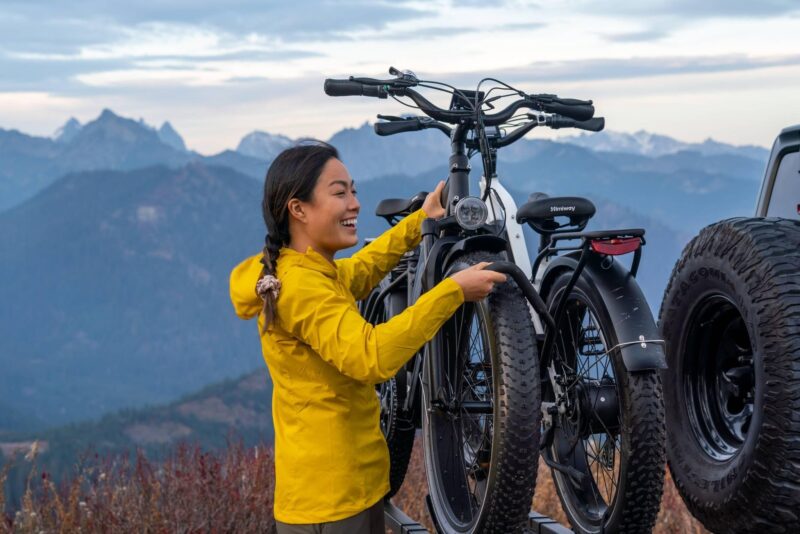
Wheel size impacts ride comfort, stability, and fit, especially for tall riders. Many e-bikes still come with 26” wheels, which can feel undersized if you’re over 6 feet tall. Small wheels lower the ride height and make the bike feel cramped.
In addition, smaller wheels don’t roll over obstacles as smoothly, which matters if you ride on uneven terrain, trails, or city streets with curbs and potholes.
How to Avoid It
Wheel size should match your height and riding conditions.
- Choose 27.5” or 29” wheels for better rollover, leg clearance, and a more natural riding position.
- Larger wheels improve ride stability and make tall riders feel less “perched” on the bike.
- Look for bikes with wide tires to cushion bumps and support more weight without sacrificing control.
Mistake #6 – Skipping the Test Ride or Fit Check
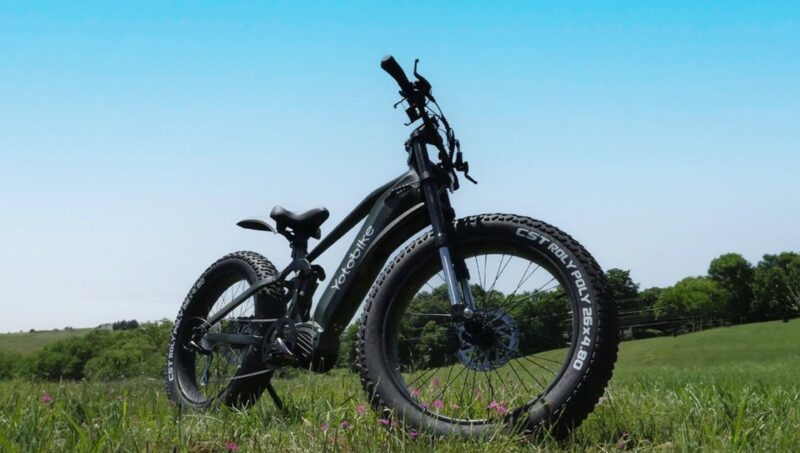
It’s easy to be impressed by specs or photos online, but without a test ride, it’s hard to know how a bike will actually feel. Tall riders are more likely to encounter fit issues, such as a short reach or low handlebars, if they rely solely on size labels.
Even two bikes with the same size tag (like “XL”) can fit very differently depending on the brand and geometry.
How to Avoid It
Fit is about feel, not just measurements.
- Try to test ride in person at a local shop or bike demo event, especially if you’re above 6’3″.
- Compare geometry charts carefully, focusing on reach, stack, and standover height.
- Watch YouTube reviews or read forums where tall riders share fit impressions.
- If buying online, choose retailers with return policies or adjustable sizing components.
Conclusion
Finding the right e-bike as a tall rider takes more than just picking the biggest frame available. From frame size and handlebar setup to saddle height, wheel size, and weight capacity, each part of the bike plays a role in how comfortable and safe your ride will be.
The most common mistakes, like choosing a bike that’s too small or skipping a test ride, can lead to discomfort, poor posture, and even injury over time.
But with a little extra research and attention to fit, tall riders can enjoy the same smooth, efficient, and enjoyable e-bike experience as anyone else.
If you’re over six feet tall, take your time, check the specs carefully, and don’t settle for a bike that doesn’t feel right. A well-fitted e-bike will make every ride more enjoyable, whether you’re commuting, cruising, or hitting the trails.
